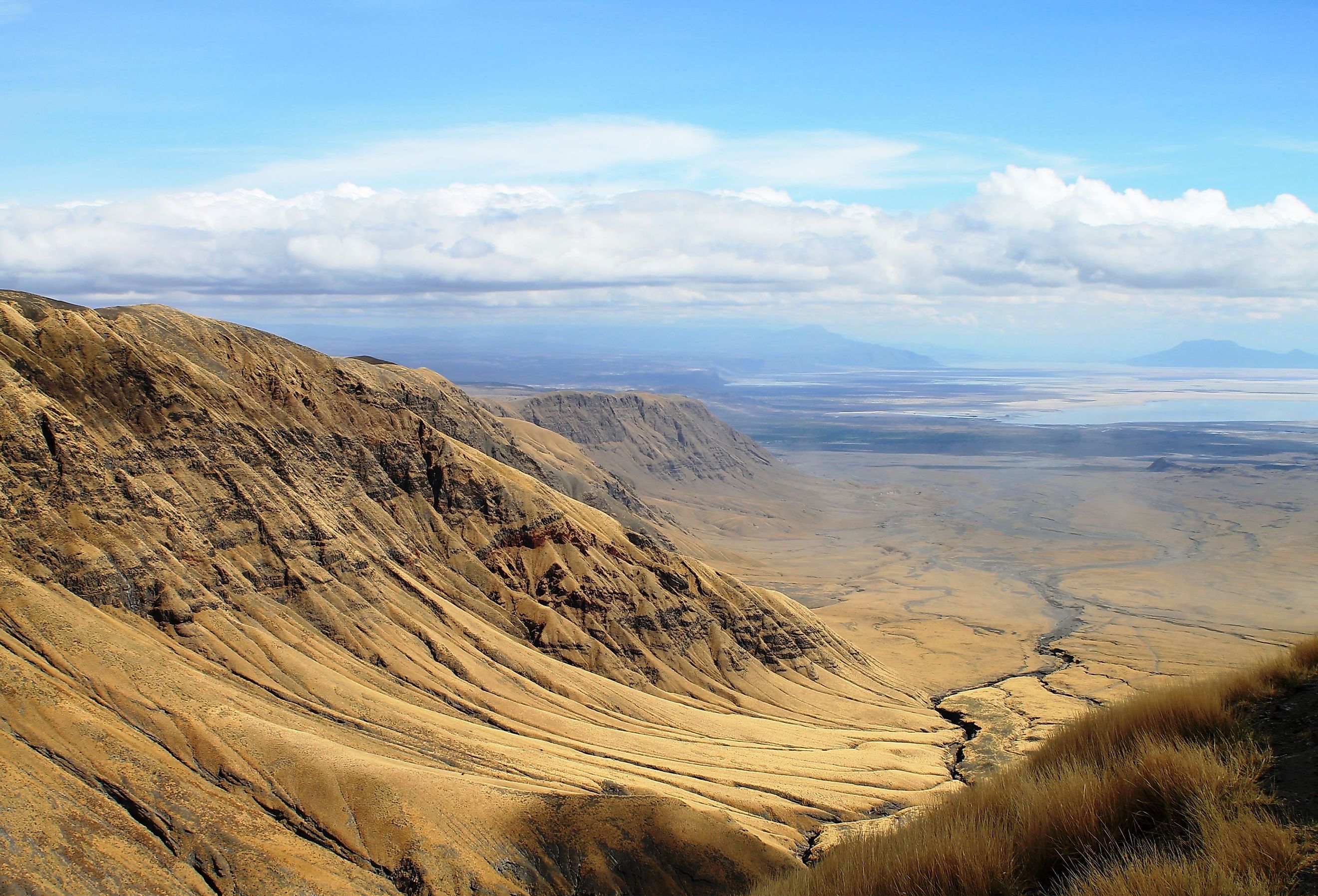
The Creation of a New Ocean Might Split Africa Into Two Parts
The Earth's surface is always changing, shaped by the movements of underlying tectonic plates. The theory of plate tectonics has provided humans with a new perspective on the Earth's geological processes, including the formation of islands, mountains, volcanoes, and earthquakes. There is currently evidence that Africa is splitting into two continents, allowing space for a new ocean to come rushing in. This proof came in the form of volcanic eruptions in 2005, which initiated the theory of Africa's split, and cracks forming in Kenya in 2018 confirmed the suspicion.
The African continent, located on the African Plate, is experiencing significant geological changes due to the movements of surrounding tectonic plates. The ongoing formation of the East African Rift System is the most notable change. This rifting process has been occurring for over 30 million years and is gradually widening the rift valley. Over the next 5 to 10 million years, it could lead to the formation of a new ocean, as the Gulf of Aden and the Red Sea flood over the Afar region and into the East African Rift Valley, eventually splitting Africa into two separate landmasses.
Plate Tectonics and the New African Ocean
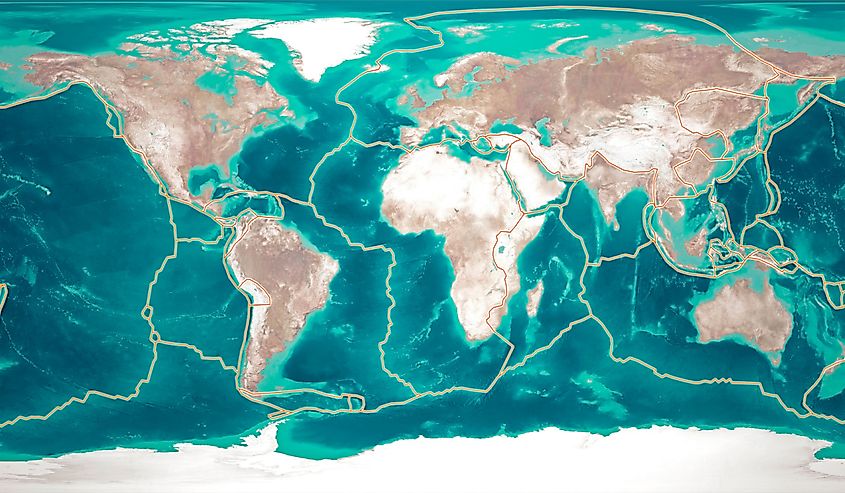
The scientific theory of plate tectonics describes how the Earth's lithosphere, consisting of several tectonic plates made up of both continental and oceanic crust, moves on the semi-fluid asthenosphere. These plates interact through different types of boundaries, and their movement is driven by forces such as mantle convection, gravitational sliding, ridge-push, and slab-pull mechanisms.
Initially proposed in 1912 by German meteorologist Alfred Wegener as "continental drift," the concept that continents move across the Earth's surface received skepticism due to a lack of a plausible mechanism to explain their movement. However, in the 1950s and 1960s, mapping of the ocean floor revealed mid-ocean ridges, which provided critical clues about plate movement. New oceanic crust forms at these ridges through seafloor spreading, which pushes the plates apart.
These discoveries led to the development of plate tectonics in the late 1960s, which combined the ideas of continental drift and seafloor spreading to provide a comprehensive explanation of lithosphere movement. This theory not only explained the formation and movement of continents but also accounted for geological phenomena such as earthquakes and volcanic activity. With the creation of a new ocean, it is possible that plate movement could split Africa into two parts, illustrating the continuous evolution of our planet.
The New Ocean and EARS
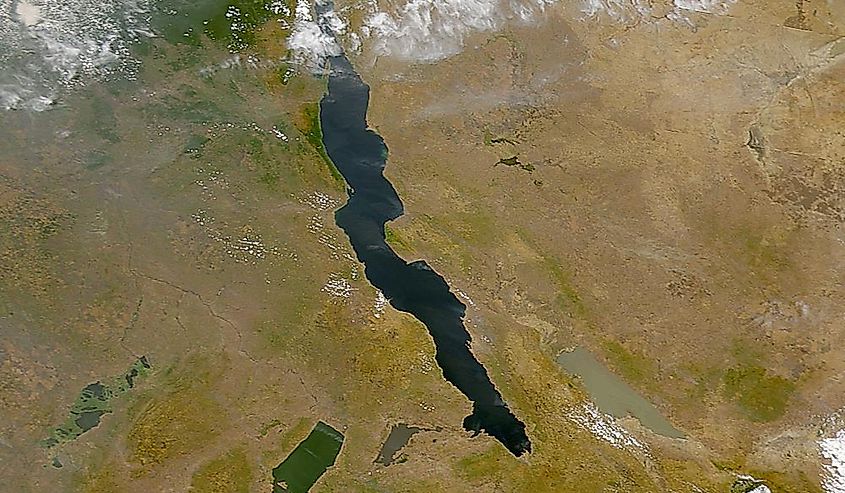
Scientists predict that the Gulf of Aden and the Red Sea will flood over the Afar region and into the East African Rift Valley, formed by the East African Rift System (EARS). This rift is a massive geological feature that spans over 1,860 miles from the Afar Triple Junction in the north to the Mozambique border in the south, passing through several African countries like Kenya, Tanzania, and Uganda.
The EARS is caused by the separation of the Somalian and Nubian plates. As the Somalian Plate moves eastward away from the Nubian Plate, it leads to the formation of the rift valley and extension of the continental crust. The movement of the Arabian Plate also contributes to the creation of the rift system. The Nubian Plate, situated west of the EARS, makes up most of the African continent. As the plates continue to diverge, the rift system expands, potentially leading to the splitting of Africa.
Volcanic activity is prevalent in the region due to the interaction of tectonic plates and the upwelling of magma from the mantle. The EARS is home to notable volcanoes like Mount Kilimanjaro, Mount Kenya, and the Virunga Mountains, which are vital habitats for endangered mountain gorillas. As the plates move and diverge, seismic activity is frequent, leading to earthquakes. The creation of a new ocean could further influence the movement of the tectonic plates in the region and the evolution of the planet.
How the Ocean Will Come Flooding In
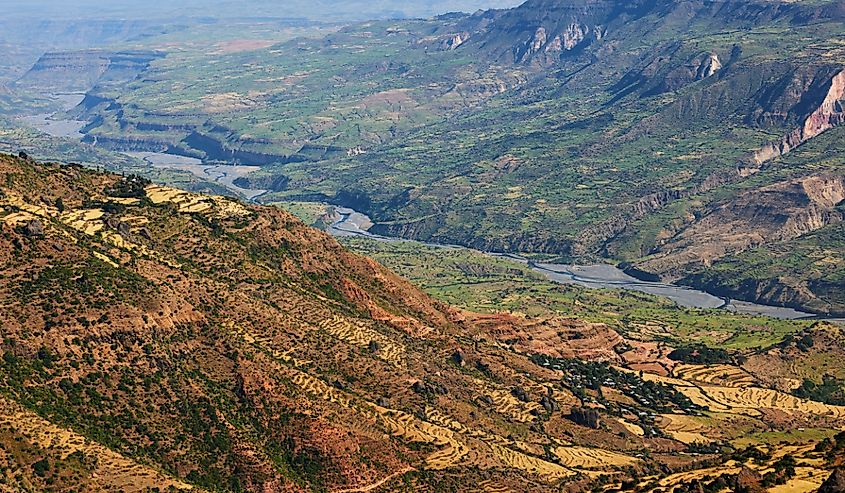
Mantle plumes, upwellings of hot material from the Earth's mantle, are crucial in the separation of the African continent. They cause the crust to weaken and thin, allowing tectonic plates to stretch and divide.
The separation of the tectonic plates has led to the formation of the Great Rift Valley and other geological features. The widening of the rift valley is also creating inland seas and lakes in the depressions caused by the stretching of the crust. These water bodies could potentially merge to form a new ocean. The process of ocean floor spreading will likely contribute to the formation of a new ocean in the EARS. As the rift valley widens, the ocean floor spreading will facilitate the expansion of the new ocean basin.
The separation between the Nubian and Somalian plates (as well as the adjacent Arabian plate) has been happening for approximately 30 million years, with the EARS widening and deepening gradually. The formation of a new ocean in the EARS could take another 5 to 10 million years. However, this timeline is subject to change.
The Ocean is Not the Only Change
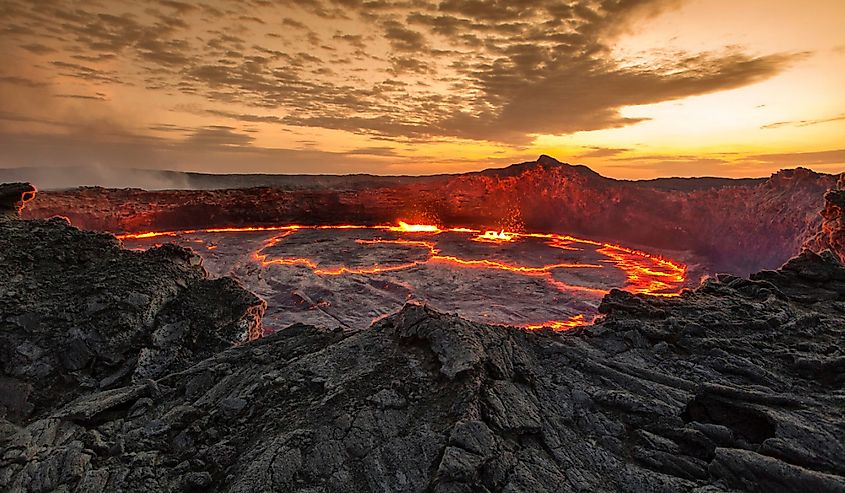
The splitting of Africa into two new continents would significantly reshape global geography by creating a new ocean and new coastlines. This change could affect the movement and interaction of tectonic plates worldwide, leading to changes in geological events like earthquakes and volcanic activity.
The formation of a new ocean could also impact global climate patterns, altering ocean currents and atmospheric circulation, resulting in changes in temperature, precipitation, and storm patterns. This could affect ecosystems, agriculture, and human populations. Places like Saudi Arabia and the Sahara Desert were not always so arid. A change this large could see those regions become green again, or cause other areas to become deserts.
The splitting of the African continent could also cause significant habitat changes, creating new environments and disrupting existing ecosystems. This could lead to shifts in biodiversity, species adaptation, migration, and extinction. The separation could have a significant impact on the distribution of natural resources, such as water, minerals, and arable land, leading to competition and conflict among nations. This could have severe implications for local economies and global trade.
The formation of a new ocean in Africa, resulting from the geological processes of the East African Rift System, is a fascinating and inevitable event that will take place in the distant future, possibly in 5-10 million years. Despite its remoteness, the study of this event is useful to scientists as it may help predict earthquake disasters in the future, thus helping to save numerous lives. While the splitting of the African continent and the creation of a new ocean may seem monumental, it is part of the natural cycle of the Earth and might not have any significant impact on current affairs. Nevertheless, this geological event underscores the ongoing changes that shape the planet, and the vastness and complexity of the natural world.











